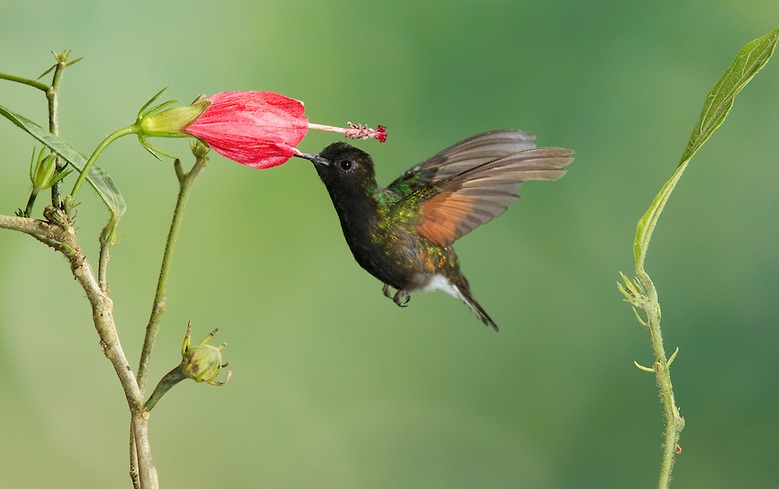Most species at greatest risk from climate change are not currently conservation priorities, according to an International Union for Conservation of Nature (IUCN) study that has introduced a pioneering method to assess the vulnerability of species to climate change.
The paper, published in the journal PLOS ONE, is one of the biggest studies of its kind, assessing all of the world’s birds, amphibians and corals. It draws on the work of more than 100 scientists over a period of five years, including Wits PhD student and leader of the study, Wendy Foden.
Up to 83% of birds, 66% of amphibians and 70% of corals that were identified as highly vulnerable to the impacts of climate change are not currently considered threatened with extinction on The IUCN Red List of Threatened Species. They are therefore unlikely to be receiving focused conservation attention, according to the study.
“The findings revealed some alarming surprises,” says Foden, who conducted the study while formerly working for the IUCN Global Species’ Programme’s Climate Change Unit, which she founded six years ago. “We hadn’t expected that so many species and areas that were not previously considered to be of concern would emerge as highly vulnerable to climate change. Clearly, if we simply carry on with conservation as usual, without taking climate change into account, we’ll fail to help many of the species and areas that need it most.”
The study’s novel approach looks at the unique biological and ecological characteristics that make species more or less sensitive or adaptable to climate change. Conventional methods have focussed largely on measuring the amount of change to which species are likely to be exposed.
The new approach has already been applied to the species-rich Albertine Rift region of Central and East Africa, identifying those plants and animals that are important for human use and are most likely to decline due to climate change. These include 33 plants that are used as fuel, construction materials, food and medicine, 19 species of freshwater fish that are an important source of food and income and 24 mammals used primarily as a source of food.
“The study has shown that people in the region rely heavily on wild species for their livelihoods, and that this will undoubtedly be disrupted by climate change,” says Jamie Carr of IUCN Global Species Programme and lead author of the Albertine Rift study. “This is particularly important for the poorest and most marginalised communities who rely most directly on wild species to meet their basic needs.”
Source: http://www.sciencedaily.com


